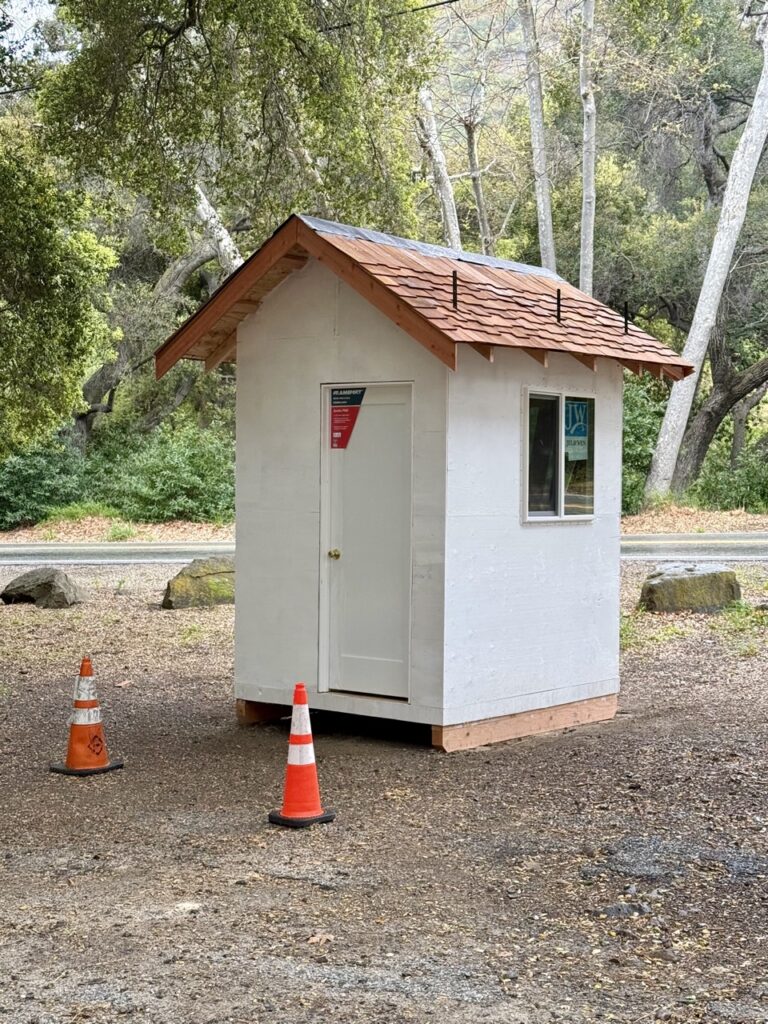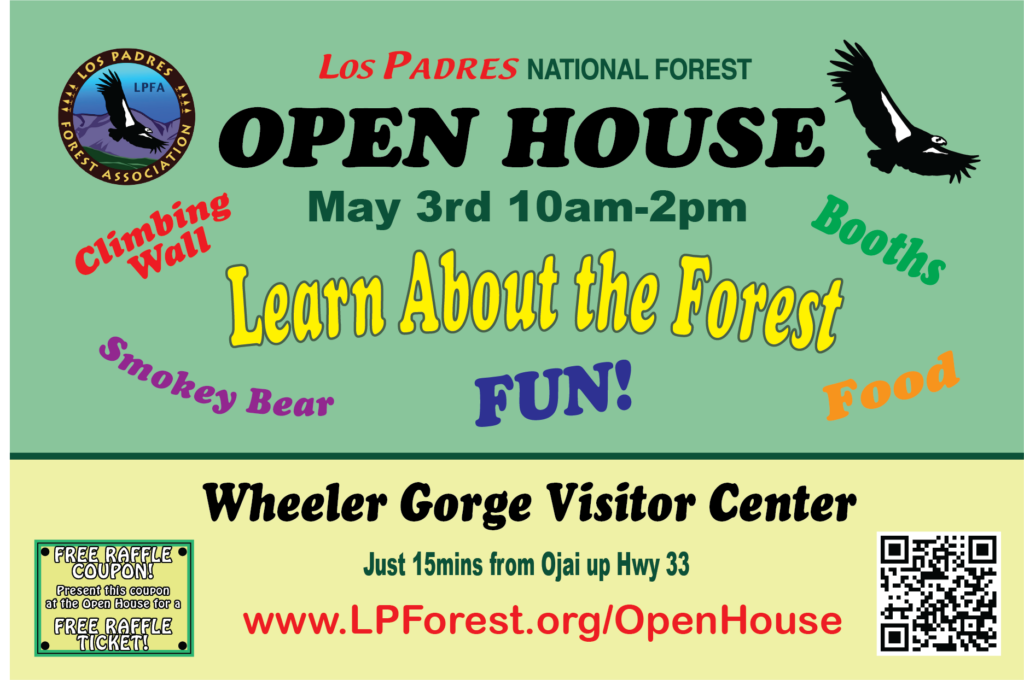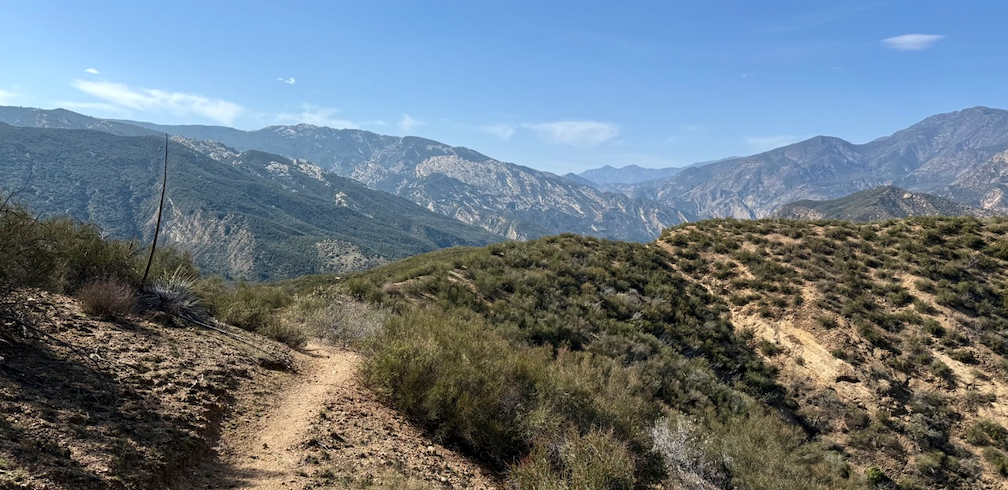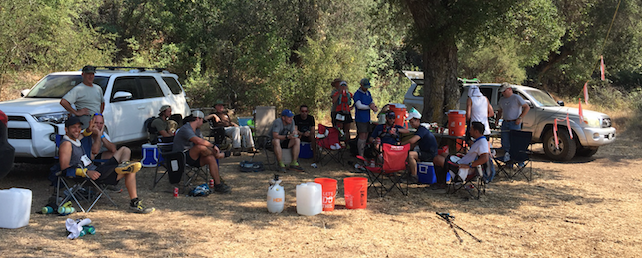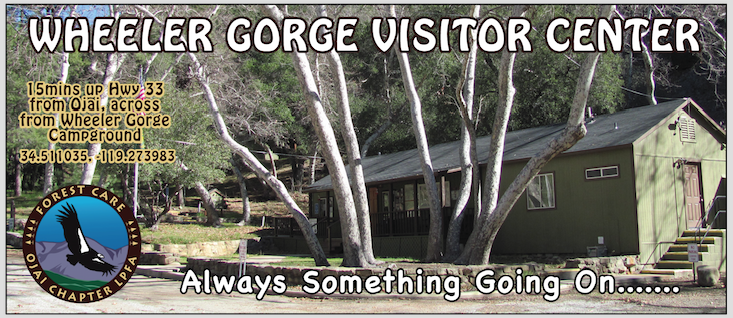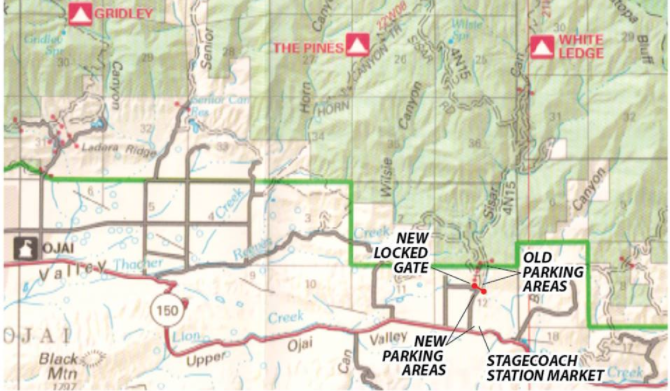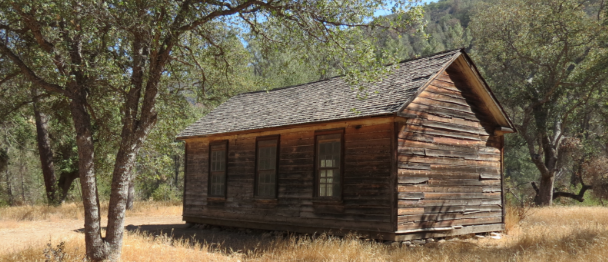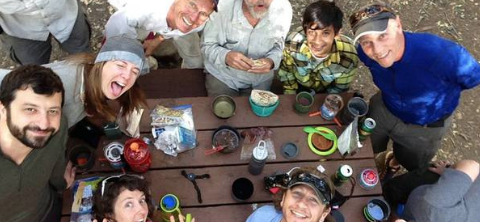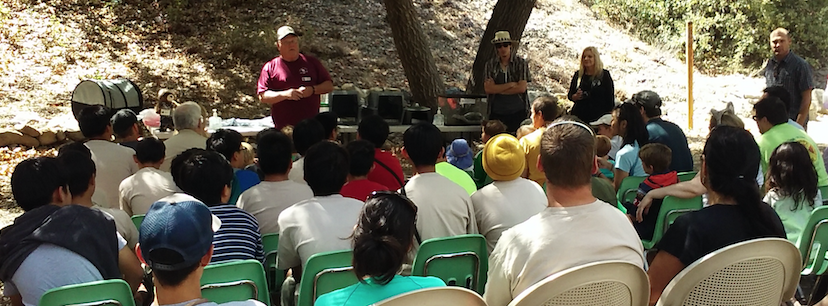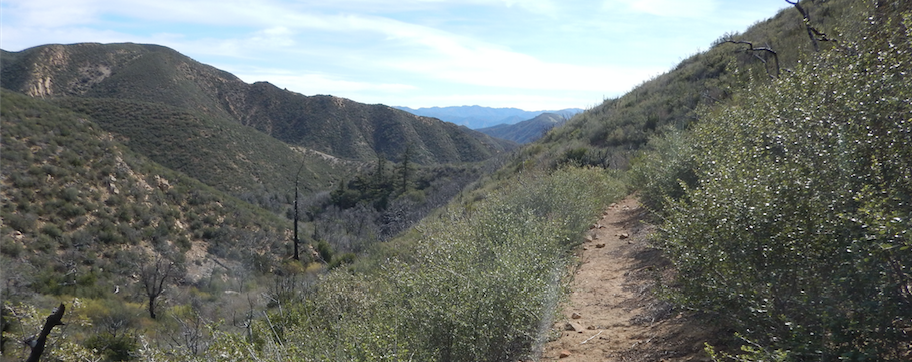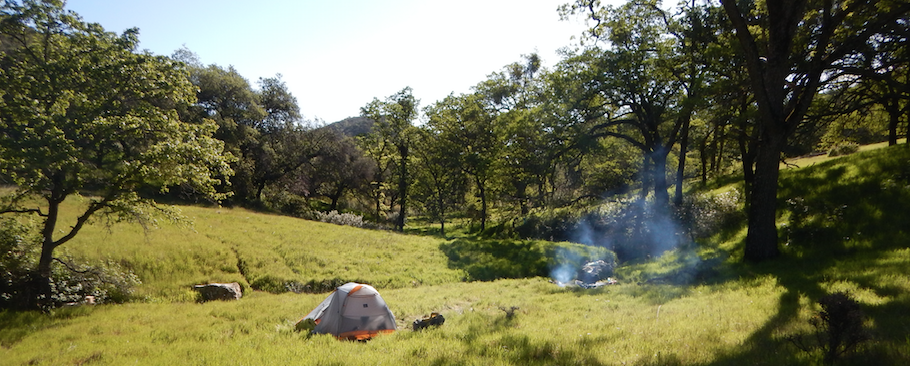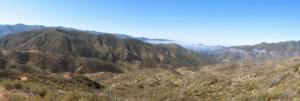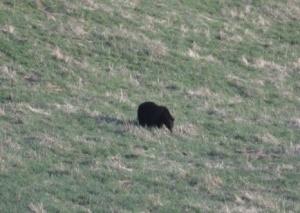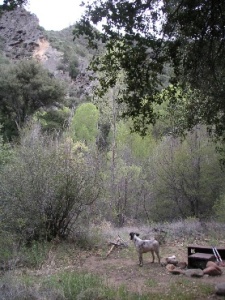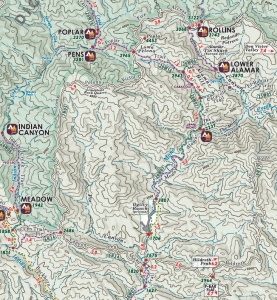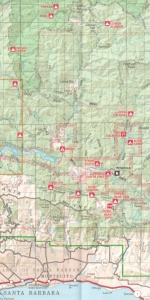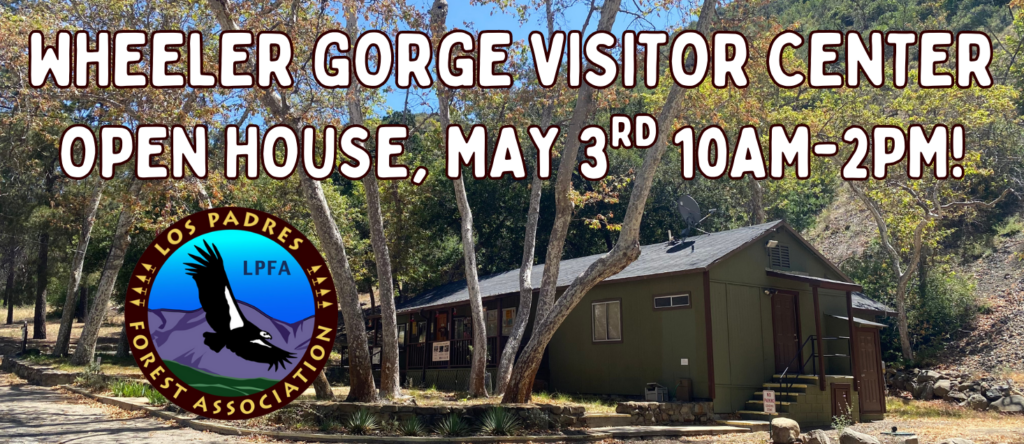
Hi Friends,
For over 20 years the Los Padres Forest Association (LPFA) has hosted annual Open Houses each spring at the Wheeler Gorge Visitor Center. Our Open Houses are family friendly events where we invite the community to explore the Visitor Center and get an opportunity to learn about our beloved Los Padres National Forest. Local organizations, agencies and forest-friends participate in the Open House by setting up booths to share their achievements and knowledge of the forest. It’s a great chance to learn about the trails, camps, critters, plants and creeks of the Los Padres. The Open Houses are also a lot of fun with games, raffles and events designed to entertain forest lovers of all ages. Located just 15 minutes from Ojai, we welcome you to attend our 2025 Open House from 10am – 2pm on Saturday, May 3rd.
See you at the Open House!
LPFA
Who Will Be at Wheeler on May 3rd?
Friends of California Condors Wild and Free – The California Condor is the de facto symbol of the Los Padres Forest. The nonprofit Friends of California Condors Wild and Free promotes the recovery of the California Condor and the preservation of associated ecosystems for present and future generations through education, outreach, research and the support of cooperative stewardship. They’ll be sharing information on their work with condors in the Los Padres and beyond.
Condor Trail Association – Come talk Condor Trail with none other than the author of the book on the matter, Brian Sarvis! The Condor Trail is a 400 mile route the crosses the Los Padres from Lake Piru at its southeastern tip to Botchers Gap at its northwestern corner. He’ll be sharing information on the route, his experiences hiking it, and answering any questions you have about the trail!
Upper Ojai Search and Rescue – The Upper Ojai Search Search and Rescue team (OJAISAR), is a nonprofit, volunteer organization formed in 1951 to provide the Ventura County Sheriff’s Department with a group of highly trained rescuers for the Ojai Valley. If a rescue call comes in from the Ventura County Los Padres, they are ON IT. They’ll demonstrate gear and techniques and talk Los Padres travel safety and preparedness.
Ventura Gem & Mineral Society – The Los Padres is known internationally for its interesting and specific geology. The VGMS promotes popular interest in geology, mineralogy, paleontology, and related subjects, sponsors and provides means and activities that will result in dissemination of information and knowledge within these subjects. They will be your tour guide to the geologic Los Padres!
Plus So Much More!
- Chumash Elder Julie Tumamait-Stenslie will be sharing information on Chumash history and the cultural resources of the region
- LPFA reps will be talking trails, camps, and ALL THINGS LOS PADRES
- Ultralight Backpacking tips by Gossamer Gear ambassador and LPFA Lite-Hike Coordinator Paul “Beeman” Cronshaw
- Luzonica, Birds of the World presenting birds from the Los Padres and beyond
- Information on climbing in the Los Padres plus a CLIMBING WALL!
- Cloud Climbers Jeep Tours offering Los Padres and Central Coast winery tours!
- Young LP Adventurers Activities: crafts, knots, first aid, button making, and games.
- BBQ burgers, Mister Softee Ice Cream, and other food and drinks
- SMOKEY BEAR and Forest Service staff from the Ojai Ranger District
- A raffle featuring donations from REI, Patagonia, LPFA and many other local business and outdoor vendors to get you outfitted for your next LP adventure!
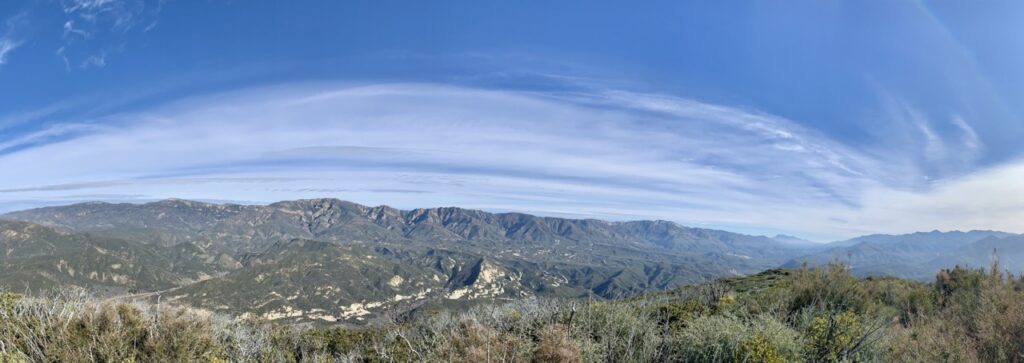
Make a day of it and head up the 33 for a hike before or after the Open House! Views of the Sespe High Country, not far from Wheeler Gorge….
